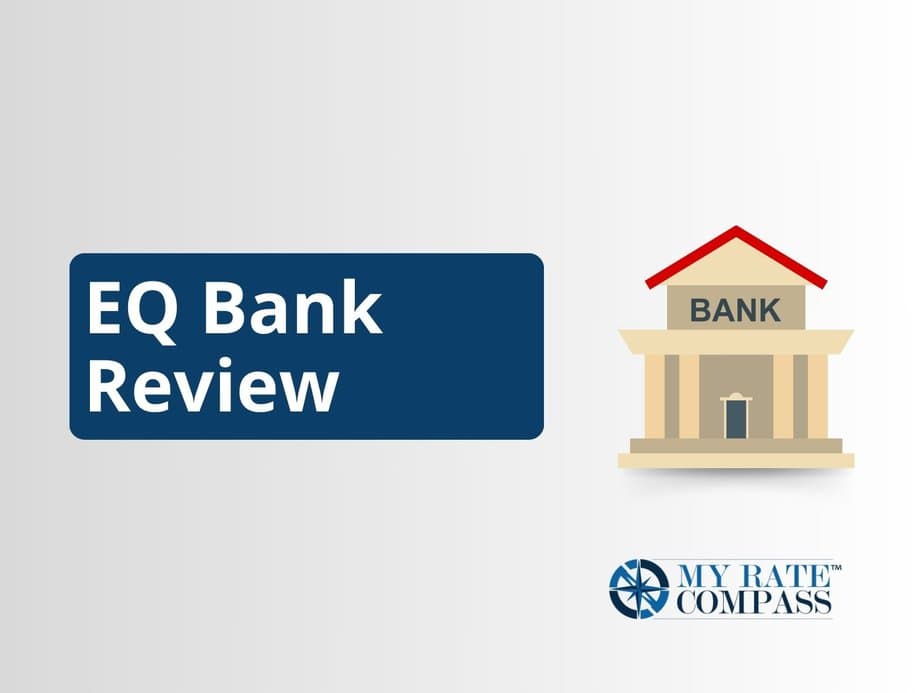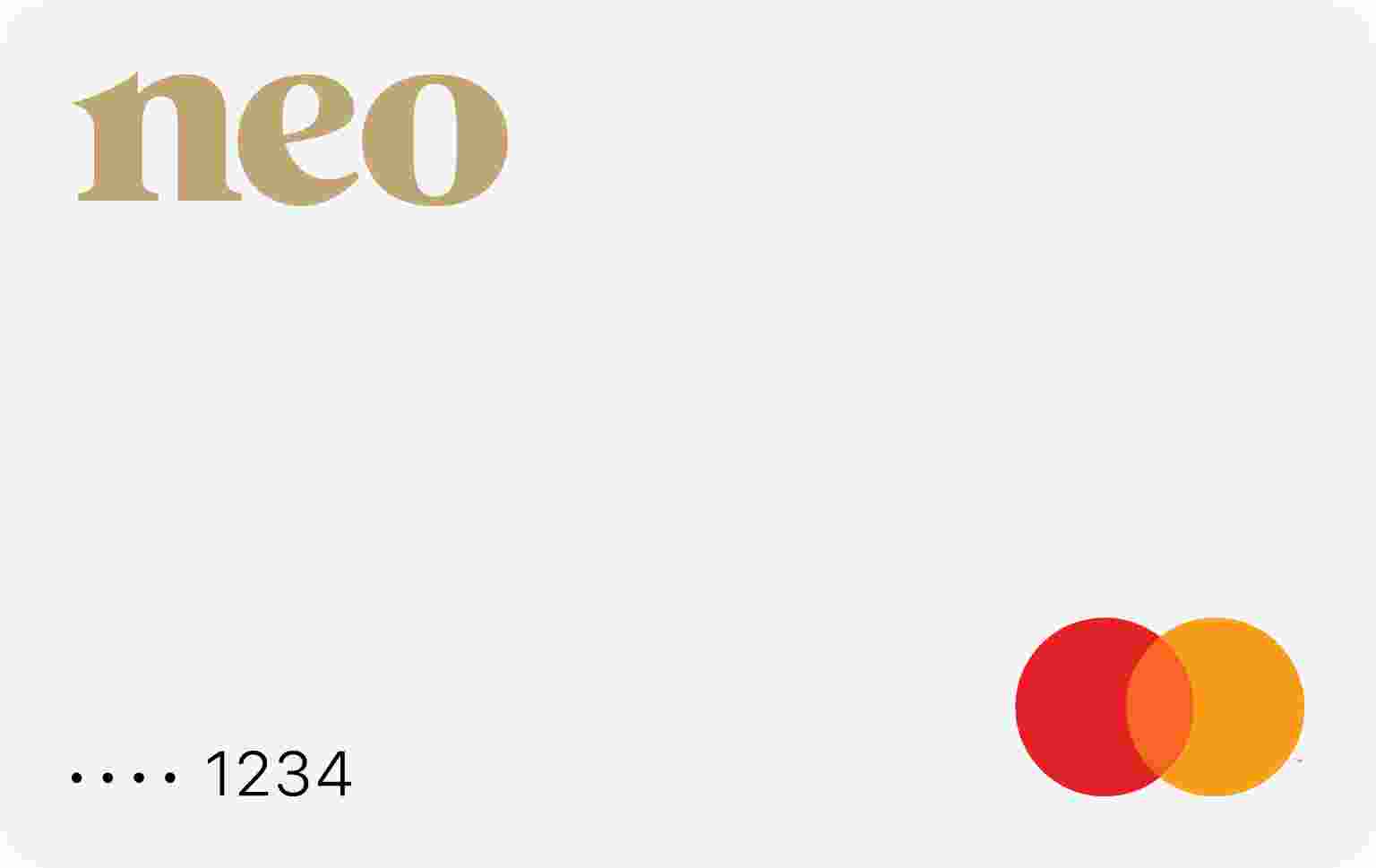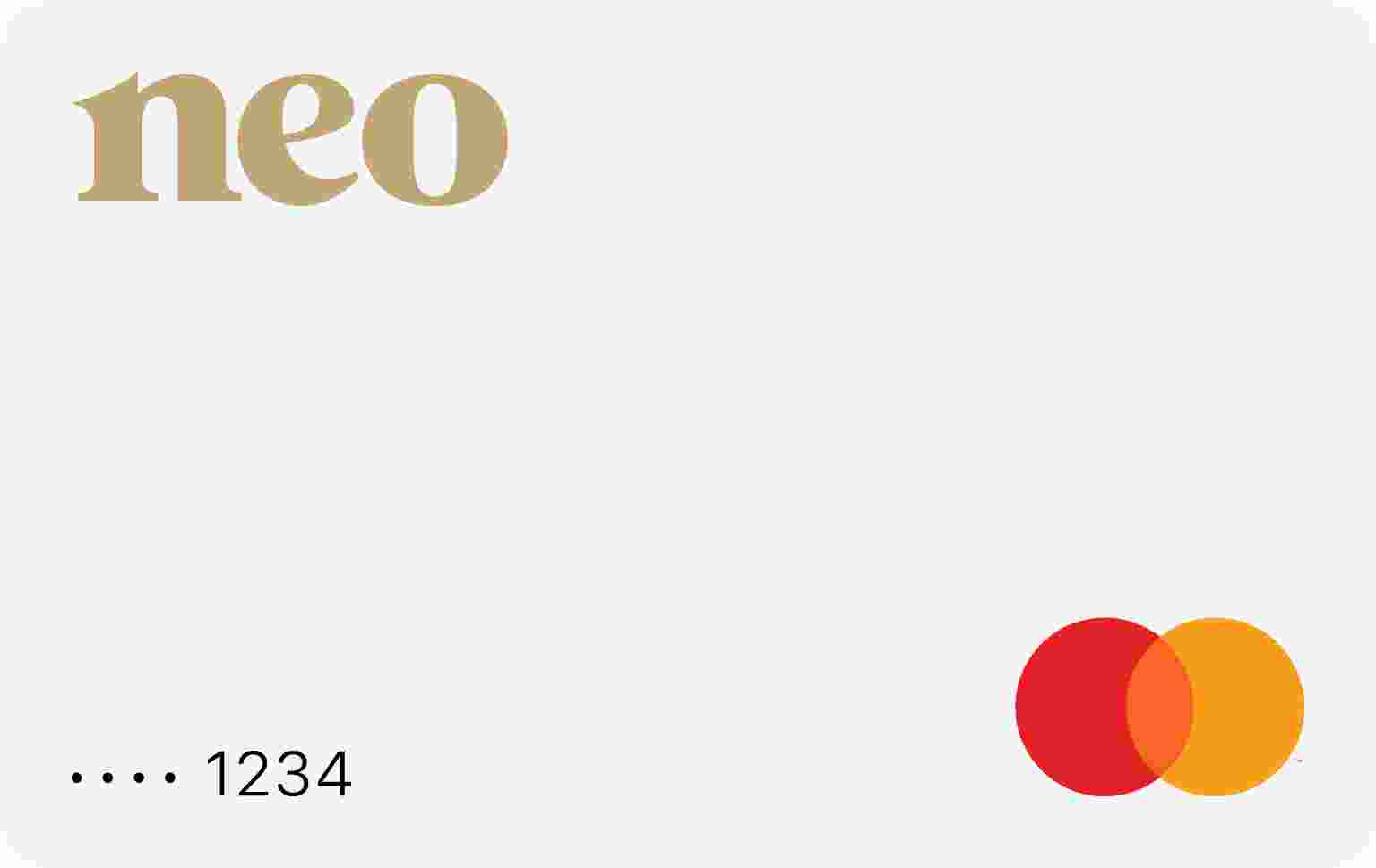Thinking about pursuing a postsecondary degree but wondering how to get the money to do so? Most people do not have the money to pay for their college experience upfront, which is where student loans come into play. A college degree is one of the most expensive things you will ever purchase, and it can also be a life-long expense if you do not shop around and compare student loans before taking signing a loan note.
Over 40% of college graduates in Canada had to use student loans to finance their education. Even if you can afford part of your tuition, you will likely still need to obtain a student loan to cover the remainder.
As mentioned, it is important to learn about student loans for Canadians before you jump feet first into a mountain of debt. Remember, knowledge is always a powerful protection. The same way you pursue a college degree to increase your position in life, you need to do your research before securing a loan to avoid severe financial ramifications.
The Basics of Student Loans in Canada
Financial aid is designed to either cover a gap between what you can afford and the cost of tuition or the entire cost of tuition. Depending on the type of financial aid you apply for, it can sometimes be used to cover other things such as the costs of housing on campus. How much a student receives depends heavily on the cost of housing, the time passed since high school graduation, and how much the borrower or their parents earn depending on the borrower’s age.
These are the general criteria for financial aid, but sometimes there are special circumstances. For example, if you are under the age of 25 but your parents refuse to help you pay for college then their earnings may hurt your application. In this case, you should speak to the loan administrator or financial office of your college to see if any allowances can be noted.
Canada provides federal student loans, but most provinces also offer their own student loans. Therefore, if you need help you will want to pursue loan opportunities from both sources. Federal and province-based loans both allow you to defer payments for six months following graduation or your departure from post-secondary instruction.
Government Granted Student Loans
There is a wide range of student loans available at the government level, so it is wise to do some research. You don’t have to take the first offer you get.
Federal Student Loans
The interest rate of federal loans starts at 2.5% over the prime and repayment is scheduled to begin six months following graduation. Keep in mind this is based on the prime rate which can fluctuate. As of September of 2020, the prime rate is at 2.45% which would place the average student loan interest rate at 4.95%. Keep in mind that if a student drops out of school loan payments will begin.
Federal student loans originate at the National Student Loans Service Centre. While this is where most students seek financial aid, there are also aid options from provinces and territories.
Alberta Student Loans
Alberta offers student loans with the option of a fixed or variable interest rate. The fixed rate starts at 2% plus whatever the CIBC prime rate is set at.
British Columbia Student Loans
British Columbia allows its students to apply online for locally based financial aid. Programs are available for students with dependents.
Manitoba Student Loans
Manitoba provides interest-free student loans.
Newfoundland and Labrador Student Loans
Newfoundland and Labrador provide non-refundable grants for students who are approved.
New Brunswick Student Loans
New Brunswick offers a tuition plan that is free for qualified students. It also offers other students loan options that start at 2% over the prime rate.
Northwest Territories Student Loans
Northwest Territories offers students the opportunity to pay 0% interest on their student loans if they remain in the Northwest Territories following graduation. If not, the rate of interest is set at 1% below prime.
Nova Scotia Student Loans
Nova Scotia provides student loans at a 0% interest rate for designated students who qualify.
Nunavut Student Loans
Nunavut provides specialized grants for households that have low incomes. The rate of interest is set at 1% below prime.
Ontario Student Loans
Ontario provides student loans that are set at a rate of 1% interest over prime.
Prince Edward Island Student Loans
Prince Edward Island awards bursaries. These do not need to be paid back. Students do not need to apply as they are automatically awarded to students who are enrolled in post-secondary studies.
Quebec Student Loans
Quebec provides both loans and grants to students who study on a part-time or full-time basis. The interest rate is set at 0.5% over prime.
Saskatchewan Student Loans
Saskatchewan does not offer any student financial aid.
Yukon Student Loans
Yukon offers student loans at a rate of 2.5% over the prime rate. Extra financial aid is granted for those who demonstrate academic excellence.
Repayment for Student Loans in Canada
Students with student loan debt usually have six months following their graduation or discontinuation of their studies to begin making payments. After this grace period passes, if you are struggling financially you can apply for additional deferments. If your yearly income is less than $25,000 as an individual, you may qualify. A different table is used to account for a spouse’s income if applicable or dependents. For this grace period to be applied, you need to reapply every six months for a total of up to ten deferments.
The government offers flexible repayment options to accommodate students and the amount they currently make versus the amount they owe. While it is ideal to make large payments and avoid paying large amounts of interest, this is not always possible. Following graduation, you will be given a default payment plan, but you can apply for a flexible plan if the default monthly payment is too high for your income.
Private Student Loans
Some students choose to get student loans from private sources such as banks or alternative lenders. Usually, a private student loan will carry with it a much higher interest rate, but there are a few reasons why private loans may benefit you. For instance, if you have more needs and have maxed out your federal loan, a private student loan can help offset the difference. Some private lenders entice students by offering a longer grace period after graduation. If you are a well-qualified borrower or can have your parents cosign a private loan it may be possible to secure a lower interest rate.
Most students who decide on private loans choose to borrow from banking institutions. Almost all Canadian banks offer some type of credit designed especially for students. Most credit offers are aligned with the prime rate although there are a few that are lower. For example, RBC offers an interest rate that is set .25% below the prime rate and TD offers a rate that is better or equal to the prime rate via government funding if you reside in an eligible province.
Most students turn to a bank for private student loans and most banks have a line of credit designed exclusively for students. Most banks charge interest rates that are aligned with the prime rate, while some banks offer a rate that is somewhat lower than the prime rate. RBC provides a rate of interest that is 0.25 percent below the prime. It is evident that this is a superior option than the majority of rates offered by the government. TD provides a prime that is usually better or equal to that offered by funding by the government, but your eligibility is based on which province you reside within.
Most banks require students to apply for a line of credit in person. They will also require proof of enrollment for all student loan offers along with your class schedule and information about the degree you are attempting to obtain.
Quick Tips for Securing Student Loans
Finally, here are a few quick tips that you should always remember when comparing student loans. While there is a lot of information to sort through, these concise steps can help you find the right fit.
Apply Early
It is recommended you start searching for student loans four months prior to starting classes at a post-secondary institution. However, it is in your best interest to apply even earlier if possible. Oftentimes there are complications or issues that arise along the way and if you start early you have time to iron out the details.
Focus on Free Money
There are a lot of different ways to obtain student loans, but your primary focus should be on obtaining grants and bursaries. These do not need to be repaid back and are heavily sought after. While you may still need student loans to bridge the gap, any amount you can offset will help you out later when you start repaying your loans.
Apply Within Your Province
If you move to a different province for your post-secondary studies it is important to know you must apply for funding from the province you came from. A great way to clarify this is by remembering that funding for college always comes from the province where you graduated high school.






